04.03.2022• Buildings
Five perceived challenges with modular construction
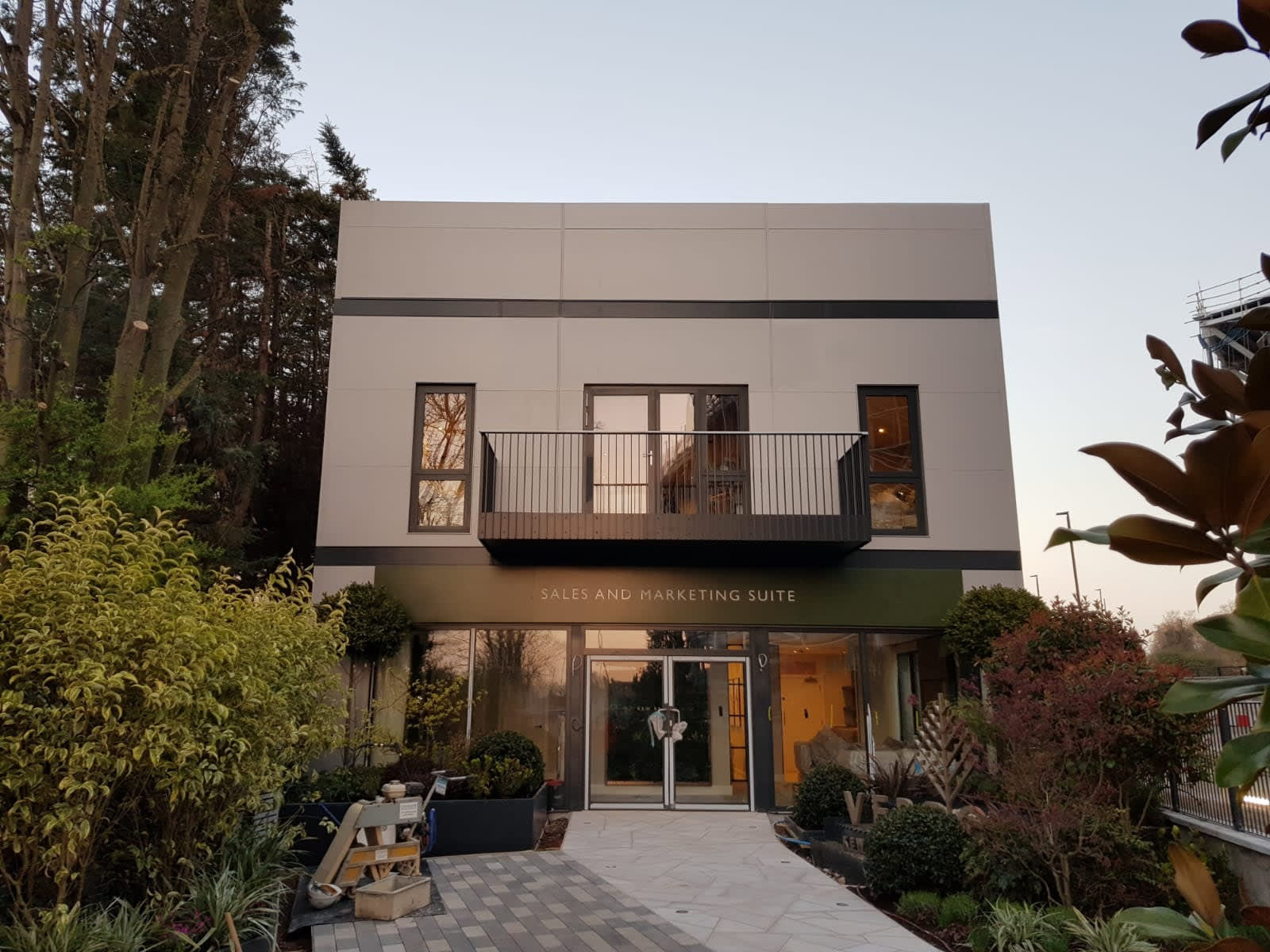
Mo Ankouri, Operations Manager at PF Modular, addresses five frequently voiced ‘worries’ about modular construction and explains how the right approaches overcome them.
Modular construction is nothing new… the Iron Bridge in Shropshire was a modular build in 1779, and so was the Statue of Liberty in 1886. In terms of buildings, the first recorded modular house was reputedly designed and built in the UK by Henry Manning in 1837, then promptly transported to Australia.
The construction industry has been using modular techniques ever since, but uptake was admittedly slow. However, the quality, efficiency, cost and environmental benefits of modular construction are now widely recognised and being exploited for schools and offices, as well as housing.
But it does mean doing things differently… and doing things differently can be a little challenging, especially the first time.
With our experience, we help clients appreciate that many of the issues raised are not actually issues at all. Some are perceptions based on legacy products and practices; others are practical considerations that can be addressed using the right approaches.
1 – Quality
It’s important to recognise that a modular building is not a cabin. The memory of cold, draughty, leaky grey cabins on the car park or sports pitch, with their rickety steps and rotting timbers, is just that: a memory.
Our modular buildings are built to meet all the latest standards, with proper foundations; water and airtight structures; thermal and acoustic insulation; environmentally-efficient heating and lighting; quality windows and doors; attractive interiors fitted-out to your specification; external claddings and finishes; even exterior hard and soft landscaping.
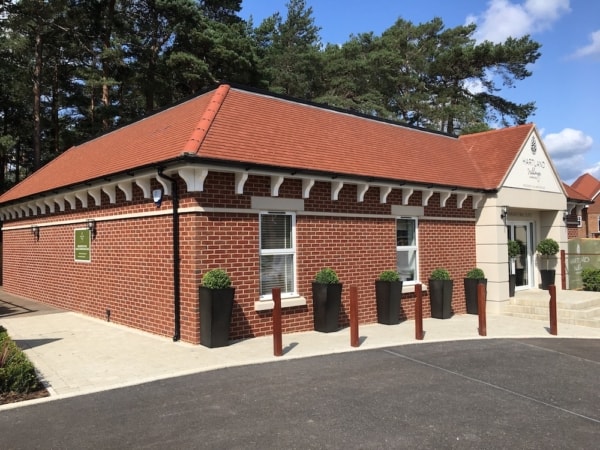
Would you think this is a modular building? It’s what we created at Hartland Village for our client Berkeley Group.
2 – Will our building look temporary (and/or ugly)?
Well, we think the photograph of Hartland (above) blows that one out of the water. Today’s modular buildings are designed so they can be re-used, re-configured, re-purposed, relocated, and ultimately recycled… but there’s absolutely no need for them to look temporary.
By using the right design, finishes and landscaping, you can have a modular building that looks just like a traditionally built permanent structure… or you could do something more interesting.
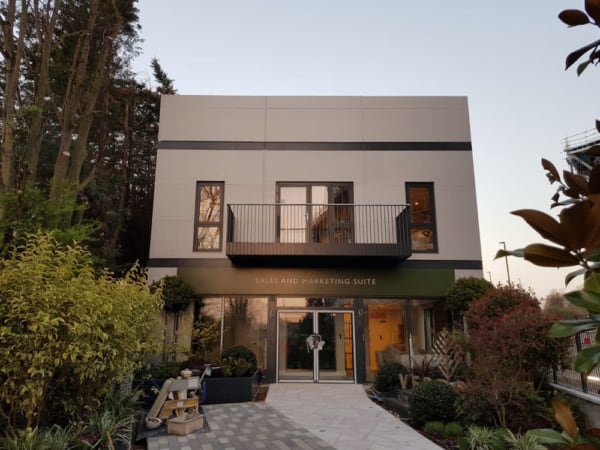
This is a more daring look we delivered for EcoWorld London.
3 – They all look a bit the same, don’t they – because they’re mass-produced?
The answer to this is they shouldn’t and ours don’t. In actual fact, your options are typically only limited by your budget, your site, any local constraints, and ultimately the practicalities which inform your decisions.
Underneath, the structural frames are a standard system; and we use tried and tested roofing, walling and flooring solutions… but if you think about it, that’s just what a ‘traditional builder’ does too. And when it comes to layout and finish, you can have practically anything you like (within reason), to make your building uniquely yours.
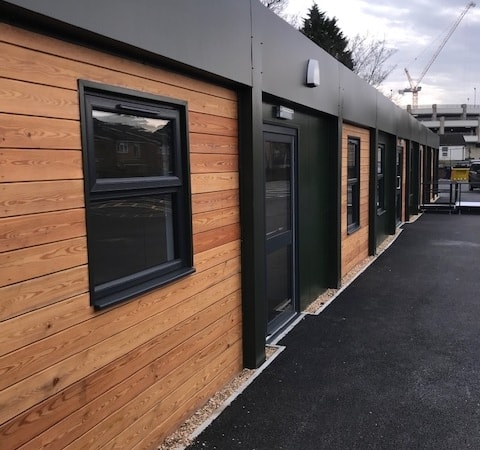
Timber cladding on an educational building at Longmead Community Hub for Surrey County Council
4 – How do we finance a modular option?
The days of finance providers being ‘wary’ of anything which strays even slightly from traditional construction are thankfully over. Modular buildings are considered mainstream now and customers often arrange finance through their own existing relationships.
But it does require a specific approach, and some customers feel more comfortable with specialist advice and support when arranging their finance… so we’ve partnered with a successful financial solutions provider which has been securing competitive asset finance for businesses since 2009.
A member of the National Association of Commercial Finance Brokers (NACFB), and fully authorised and regulated by the Financial Conduct Authority (FCA), its relationships with lending partners at leading banks and finance companies mean it is able to secure excellent rates and terms for loan values of up to £1 million. If you think this could help you, please do get in touch.
5 – Are there issues with Planning & Building Regulations?
Modular buildings are subject to the same Planning and Building Regulations as any traditionally constructed building. They are not a ‘way around’ the regulations; it’s a process you will need to go through, but there are no additional or insurmountable issues. Your planning challenges will be dictated by your site and the local planning environment. Over the years, we’ve helped many clients with these challenges, and we now offer professional planning support and guidance to get you through the process as quickly and painlessly as possible.
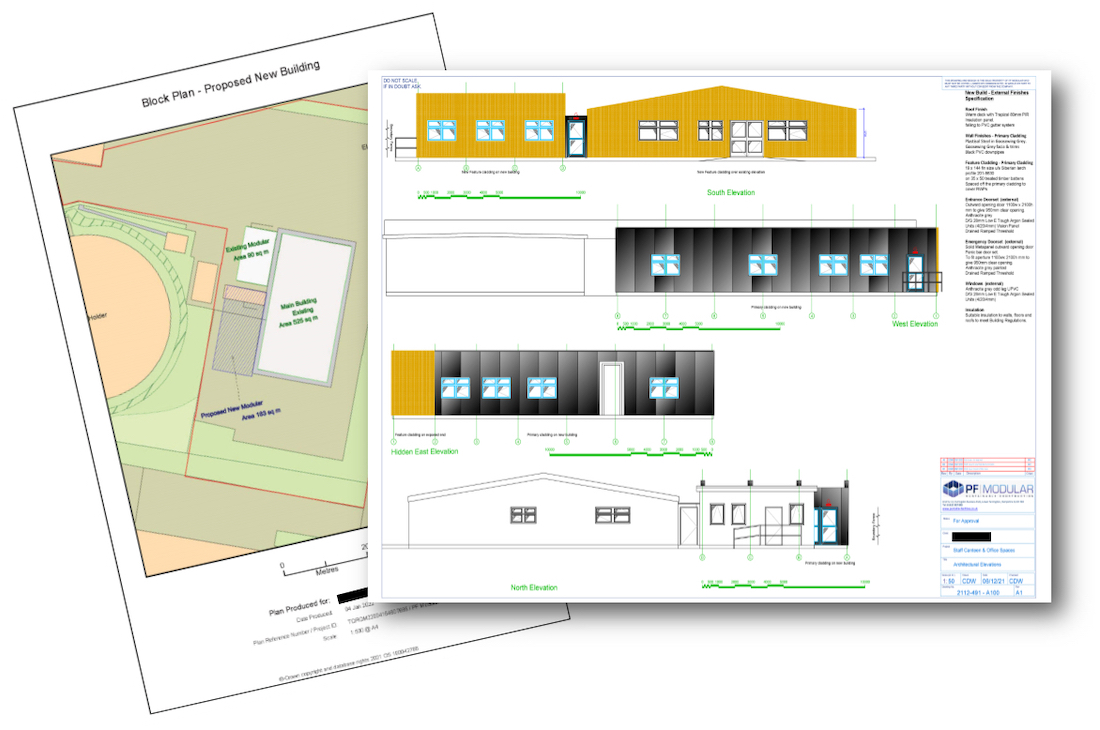
Part of a set of planning drawings for a current client (confidentiality maintained)
These are probably the five most frequently voiced ‘objections’ customers raise with us, but if you have any other concerns, or would like to explore other issues relating to modular construction, then do please get in touch. If we can help, we will.
Discover more about what we offer you and read more about:
Mo Ankouri
PF Modular
March 2022
Related Posts

19.09.2024• Modular Buildings
Why Businesses Are Choosing Modular Solutions for Sales & Marketing Suites
First impressions count, and businesses need to make the most of those experiences. Sales and marketing suites offer companies a unique opportunity to showcase...
Continue Reading
17.09.2024• Modular Buildings
How Modular SEND Classrooms Are Transforming Special Education
The education sector is always changing, and the needs of students are evolving too. Schools need to provide adequate support for students with Special...
Continue Reading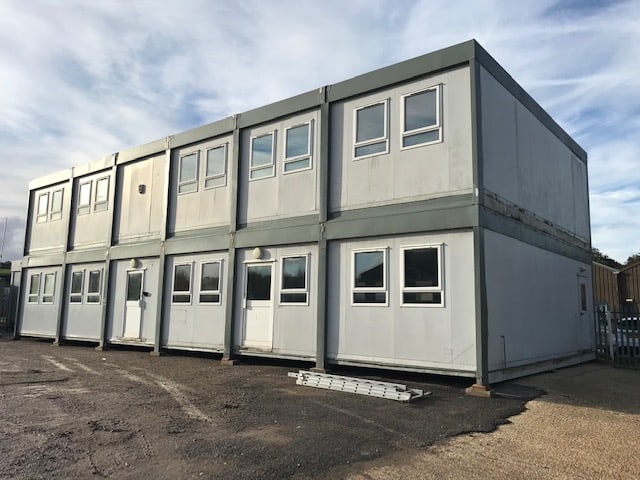
07.08.2024• Modular Buildings
What to Consider When Buying a Refurbished Modular Building
When looking for new premises, your business will have a lot to think about to ensure the buildings are right for you. Considering things...
Continue Reading